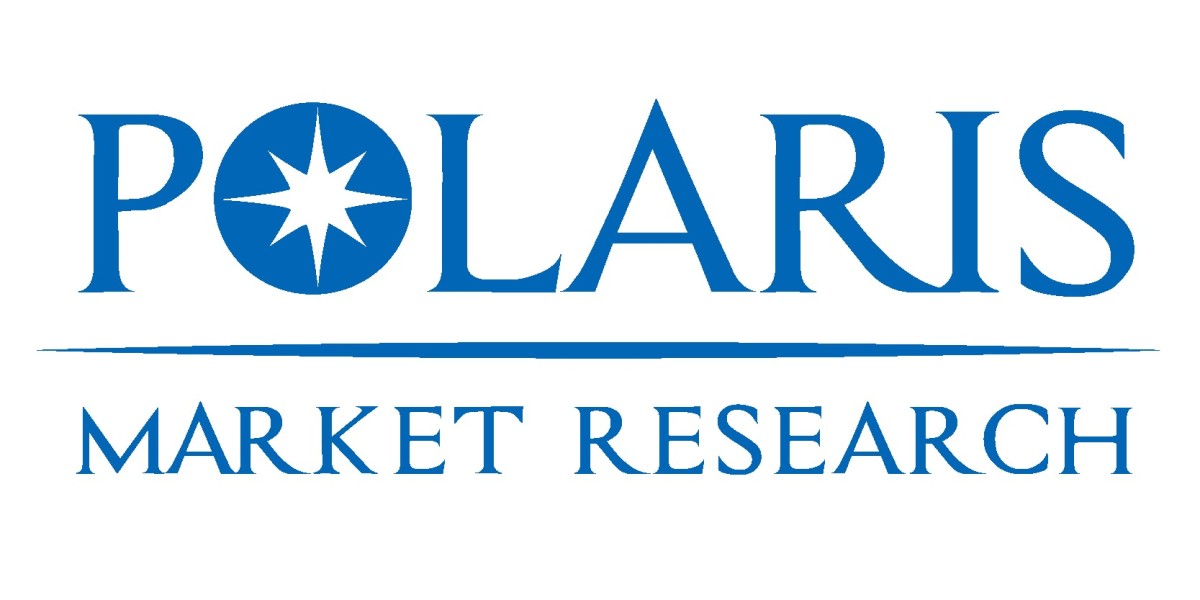Cleanliness and proper maintenance are the cornerstones of a successful hotel business. In an industry where guest satisfaction is paramount, the condition of your property—both visibly and behind the scenes—plays a critical role in shaping the customer experience. A sparkling lobby, fresh-smelling rooms, and well-maintained facilities not only attract positive reviews but also foster guest loyalty. This guide explores the key aspects of hotel cleaning and maintenance and how they contribute to operational efficiency and five-star hospitality.
Why Hotel Cleaning and Maintenance Matter
First impressions matter in hospitality. The moment a guest walks into a hotel, they begin evaluating cleanliness—from the scent of the air to the shine on the floors. A well-maintained hotel is not just about aesthetics; it also ensures the safety, comfort, and well-being of guests and staff alike. Neglecting cleaning and maintenance can lead to health hazards, negative reviews, and even legal liabilities.
Core Areas of Hotel Cleaning
1. Guest Room Cleaning
The guest room is a hotel’s most critical space. Housekeeping staff should follow a strict cleaning protocol, including:
Changing bed linens and towels
Dusting and wiping down all surfaces
Sanitizing bathrooms thoroughly
Vacuuming carpets or mopping floors
Replenishing toiletries and amenities
Modern hotels are also adopting eco-friendly cleaning products and practices to meet growing environmental expectations.
2. Public Areas
Lobbies, hallways, elevators, and restrooms must be cleaned frequently throughout the day. High-touch areas like doorknobs, elevator buttons, and reception counters should be sanitized multiple times daily to prevent the spread of germs.
3. Dining Areas and Kitchens
Food and beverage zones demand a different level of cleanliness, aligned with health and safety regulations. Surfaces must be cleaned with food-safe disinfectants, and kitchens should be deep cleaned regularly to avoid pest issues and contamination.
4. Spa, Gym, and Pool Facilities
These amenities require frequent attention to hygiene due to the high foot traffic and exposure to sweat and water. Daily cleaning schedules, alongside routine deep cleaning and inspections, help prevent the buildup of mold, bacteria, and other health risks.
Essential Hotel Maintenance Practices
1. Preventive Maintenance
Proactive maintenance minimizes downtime and prevents major repairs. Tasks may include:
Regular HVAC servicing
Electrical and lighting checks
Plumbing inspections
Elevator servicing
Roof and window inspections
Hotels often maintain a preventive maintenance calendar to ensure that nothing is overlooked.
2. Corrective Maintenance
When something breaks down—whether it’s a leaky faucet or a malfunctioning air conditioner—quick, efficient repair is vital. A responsive maintenance team helps restore normal operations with minimal disruption to the guest experience.
3. Exterior Maintenance
The exterior of the hotel sets expectations before a guest ever steps inside. Landscaping, parking lots, signage, and entryways must be regularly cleaned and maintained to preserve curb appeal and ensure safety.
4. Technology and IT Maintenance
Modern hotels rely heavily on technology for booking systems, room access, internet, and entertainment. Regular updates, cybersecurity checks, and equipment testing are essential to ensure seamless operations.
Best Practices for Hotel Cleaning and Maintenance Teams
Training and SOPs: All staff should be trained in cleaning standards, safety protocols, and proper equipment handling. Standard Operating Procedures (SOPs) ensure consistency across shifts and staff.
Checklists and Logs: Use cleaning and maintenance checklists to track tasks. Digital apps can streamline this process and provide real-time updates to management.
Guest Feedback Integration: Encourage feedback and monitor online reviews. Often, guests point out overlooked issues that can help improve services.
Use of Technology: Adopt smart sensors, automated alerts, and cloud-based management software to enhance responsiveness and efficiency.
Eco-Friendly and Sustainable Practices
Sustainability is no longer optional—it’s expected. Hotels can enhance their green credentials by:
Using non-toxic, biodegradable cleaning products
Installing energy-efficient lighting and appliances
Offering linen and towel reuse programs
Implementing water-saving fixtures
Reducing plastic waste through refillable dispensers
Eco-conscious guests are more likely to stay loyal to hotels that align with their values.
Outsourcing vs. In-House Teams
Some hotels choose to outsource cleaning and maintenance to third-party specialists. While outsourcing can reduce HR and training costs, having an in-house team allows for better control over quality and responsiveness. The decision depends on the hotel size, budget, and operational needs.
Final Thoughts
Hotel cleaning and maintenance are not just operational tasks—they are essential components of guest satisfaction and brand reputation. A spotless, well-functioning environment demonstrates professionalism, care, and a commitment to excellence. By investing in skilled staff, embracing technology, and prioritizing sustainability, hotels can create a safe, welcoming space that exceeds guest expectations and builds lasting success.
Whether you're managing a boutique inn or a luxury resort, maintaining the highest standards of cleanliness and functionality isn’t just good business—it’s the heartbeat of hospitality.








